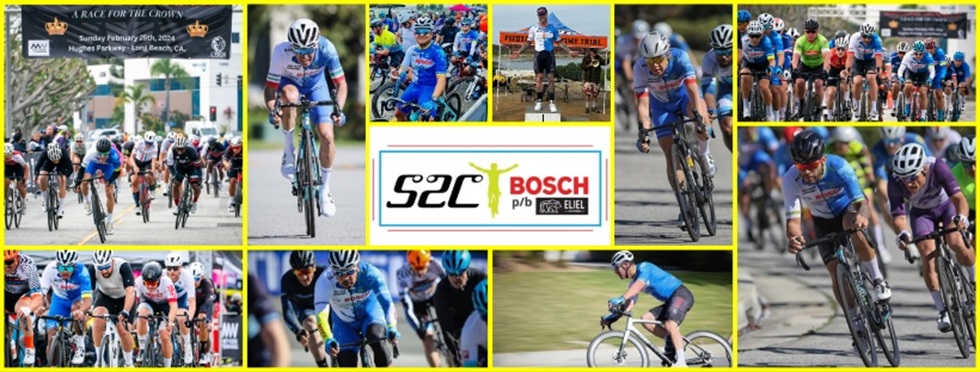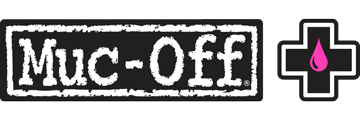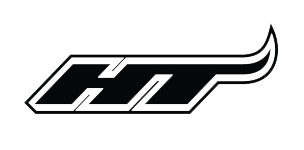Group Riding Tips – Time Trialing
AUGUST 2011
By now you have probably heard that the second annual Underground TT series is back. The purpose of these short but intense anaerobic efforts is two-fold, first: to introduce club members to road racing in a low key, yet competitive environment and second: to “hurt” three more times before we call it a season!
So for those of you still on the fence about coming out, or if you are wondering if your cycling gear will measure up, stop thinking about it and join the rest of us who may look good but really aren’t any faster than the other club member giving it their all on a stock, non-aero equipped bike. One thing is for sure, you will have a great time and it’s a lot healthier and cheaper than going out to a movie!
So for the beginners, this is what Wikipedia has to say about time trials. An individual time trial (ITT) is a road bicycle race in which cyclists race alone against the clock. There are also track-based time trials where riders compete in velodromes, and team time trials (TTT). ITT’s are also referred to as “the race of truth”, as winning depends only on each rider’s strength and endurance, and not on help provided by team-mates and others riding ahead and creating a slipstream.
Starting times are at equal intervals, usually one or two minutes apart (in our case 30 second intervals). Competitors are not permitted to draft (ride in the slipstream) behind each other. Any help between riders is forbidden. The rider with the fastest time is declared the winner.
Performance and Tactics
To do well in an ITT, cyclists must
- maintain a steady power output for long periods
- maintain a controlled heart rate for long periods
- have a smooth, regular pedaling technique
- position themselves to be extremely aerodynamic
- discipline themselves to operate just below the anaerobic threshold until near the end of the course
Beginners are often criticized for putting in a J profile effort, meaning that they often go out too hard in the beginning, compensate by reducing their efforts in the middle, and then realize towards the end that they have not put out enough effort during the race. As a result, the time trial is often considered the most difficult part of any major competition for young cyclists.
Time trial equipment
Specialized aerodynamic time trial bicycles, clothing, helmets, aero bars and other equipment are often used in ITT events. Generally, components are designed to be as aerodynamic as possible, as most of the rider’s effort goes into overcoming aerodynamic drag. The rider’s position makes the greatest difference, and most use the now-standard tuck position, using tribars to allow the rider to position their arms inline with the wind and allow their back to sit as low and flat as possible, reducing frontal area and improving air flow around the body. TT bikes often have lower handlebars than normal road racing bikes to facilitate this.
Up until the late 1980s, low-profile ‘bullhorn’ handlebars were used, and normal drop handlebars before them. Then in the late 1980s triathletes developed so-called tri-bars that allowed for a much better aerodynamic position. They were first brought into the time trialing public eye in the 1989 Tour de France when Greg Lemond overcame a 50-second deficit in the final day’s time trial to win the Tour by 8 seconds from Frenchman Laurent Fignon. Fignon was using conventional handlebars, Lemond the new triathlon style. The concept has changed little since then, with only Scotsman Graeme Obree attempting to improve the idea. His arms-under-the-torso tuck was revolutionary, helping him and others to break world records and win World Championships. The UCI banned it in 1994, but he came back with the ‘Superman’ position, an evolution of the traditional tri position, but with the arms fully stretched out in front.
Clothing is also different for time trialing. One-piece skinsuits that do not flap in the wind are common; tight lycra shoe covers help improve airflow over buckles and straps; long pointed helmets channel air down the riders back (the position of the helmet above the rider’s back is crucial, it must be as close to the body as possible; too high and the air will just flow underneath the helmet. This is often hard to achieve as the rider moves his head due to the suffering endured during a hard race).
I hope to see you at the Time Trials!
- Ernie Sanchez
Shortlink:














